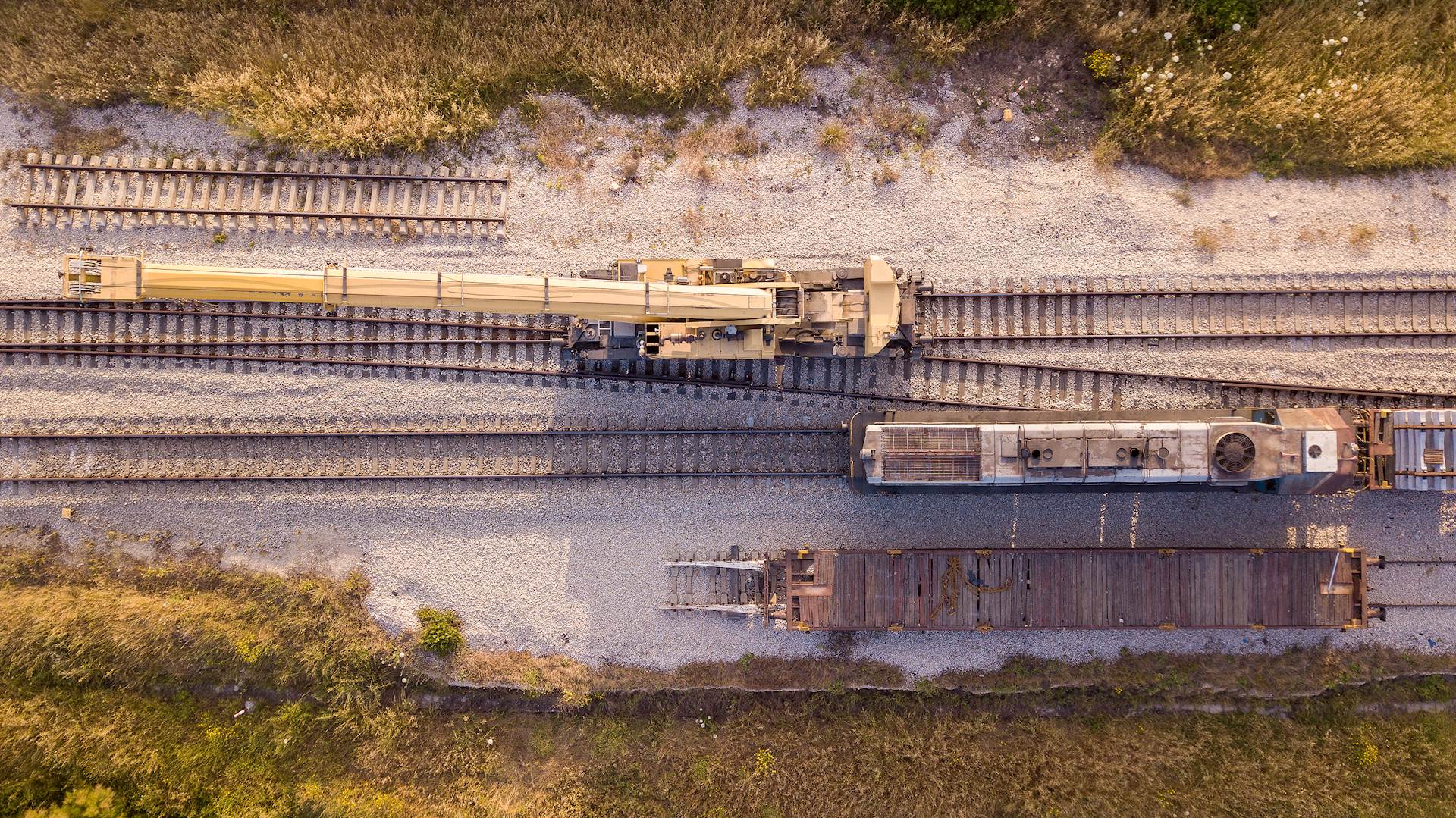
Knowing how to tackle your assets and where to put your money to make the most beneficial return on your investment is a struggle for anyone. With Hanson’s track management and inspection program, you can do just that. We have a fully integrated process to develop maintenance programs that allow continuity from inspection through current and future track repairs and expansion.
Mainline, shortline and industry rail can degrade in different ways. Every company or industry has different critical safety issues, commodity characteristics and facility conditions that must be integrated into the rail inspection procedure. Hanson has developed tools to present rail construction and maintenance programs and guidelines tailored to specific industries and each company’s desired approach. These tools have assisted clients in the petrochemical, oil midstream, food processing, grain, mining and intermodal industries to develop track maintenance plans, providing consistency across all their rail facilities.
Mainline, shortline and industry rail can degrade in different ways. Every company or industry has different critical safety issues, commodity characteristics and facility conditions that must be integrated into the rail inspection procedure.
It is essential that this process uses experienced track inspectors to gain a solid grasp of the track conditions. Knowing how to interpret track conditions and expected degradation is important. It is best to distinguish between straight, curved and turnout rail sections for review and analysis, because the degradation patterns on each of these sections typically manifest in different ways. Information for each should be documented as deficiencies that require immediate or near-term repair, and data should be collected to drive the development of a long-term maintenance plan.
Once all this data is collected and compiled, maps of the sections of track can be developed and the criticality of the facility’s tracks can be categorized and rated. This information is used in combination with the current conditions to begin to objectively rank and help target the maintenance dollars to be spent on the most critical items that need repair.
As the prioritized plan is implemented, it is a best practice to continue track inspections on a regular basis to verify the plan is being implemented and the desired results for track improvement are still true. Plan modifications should be made as conditions and traffic volume change.
To learn more about Hanson’s program, contact Tyler Kramer at tkramer@hanson-inc.com.